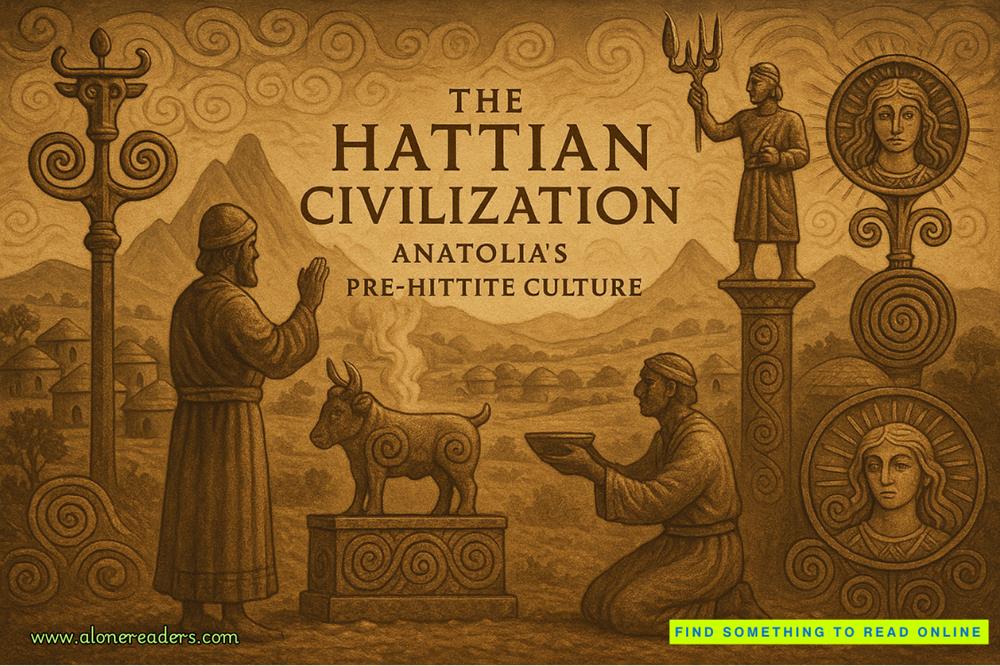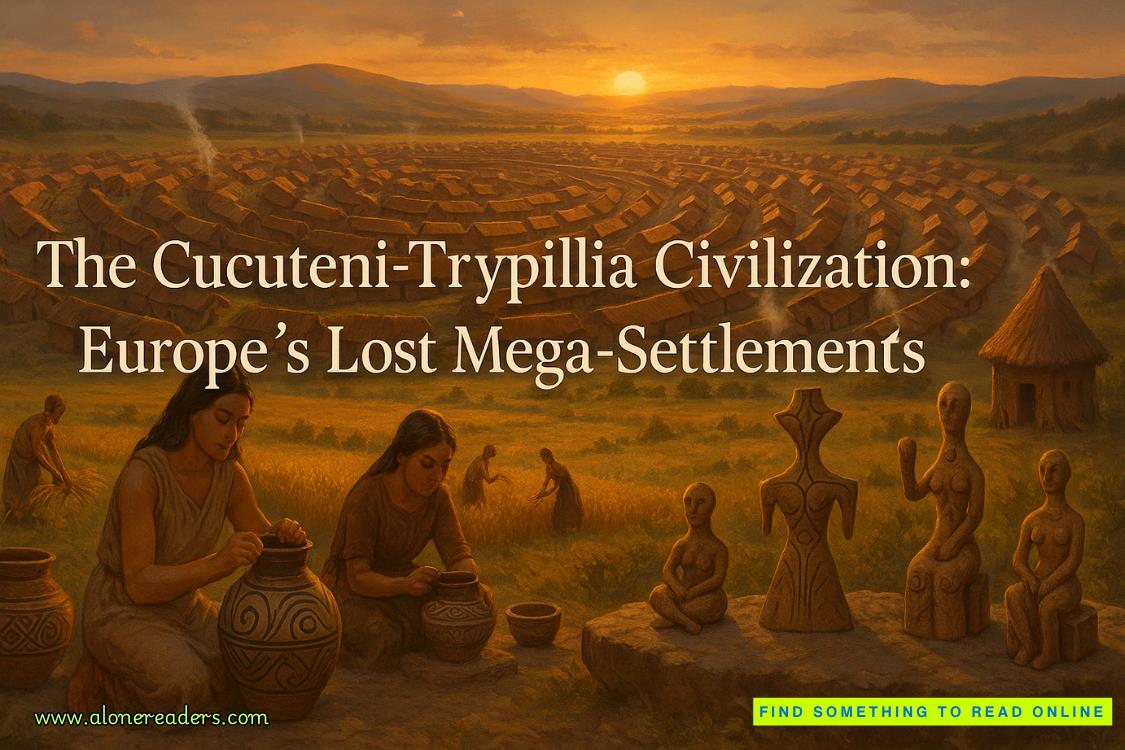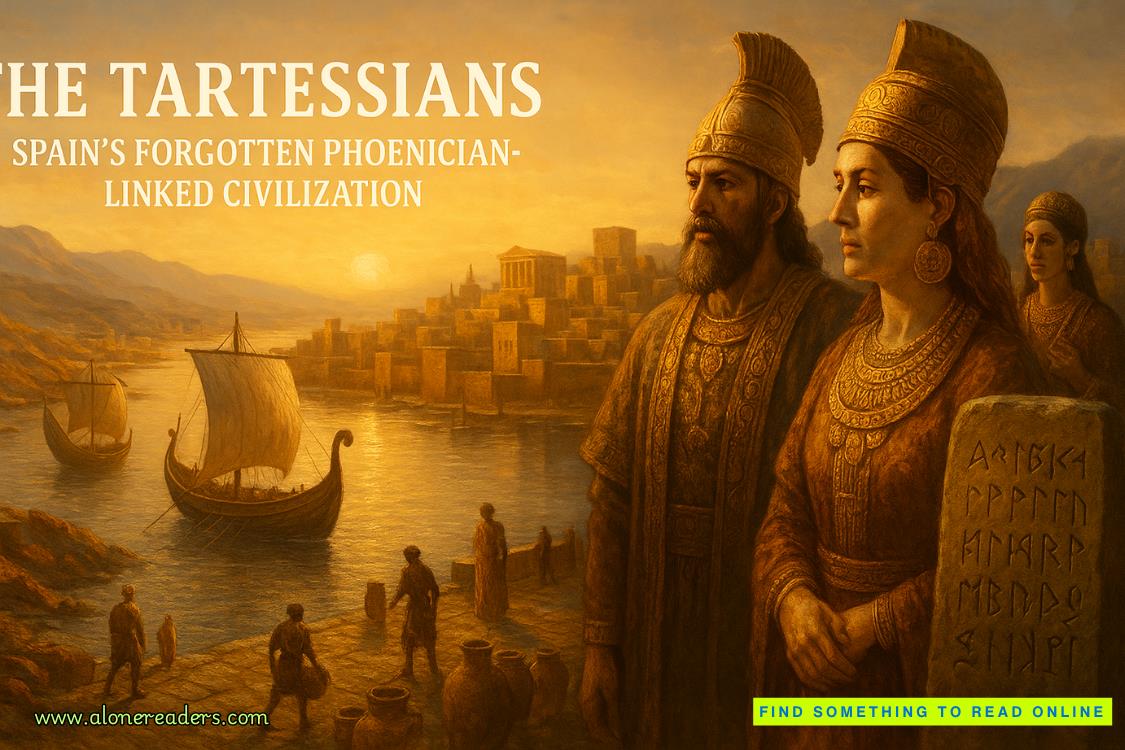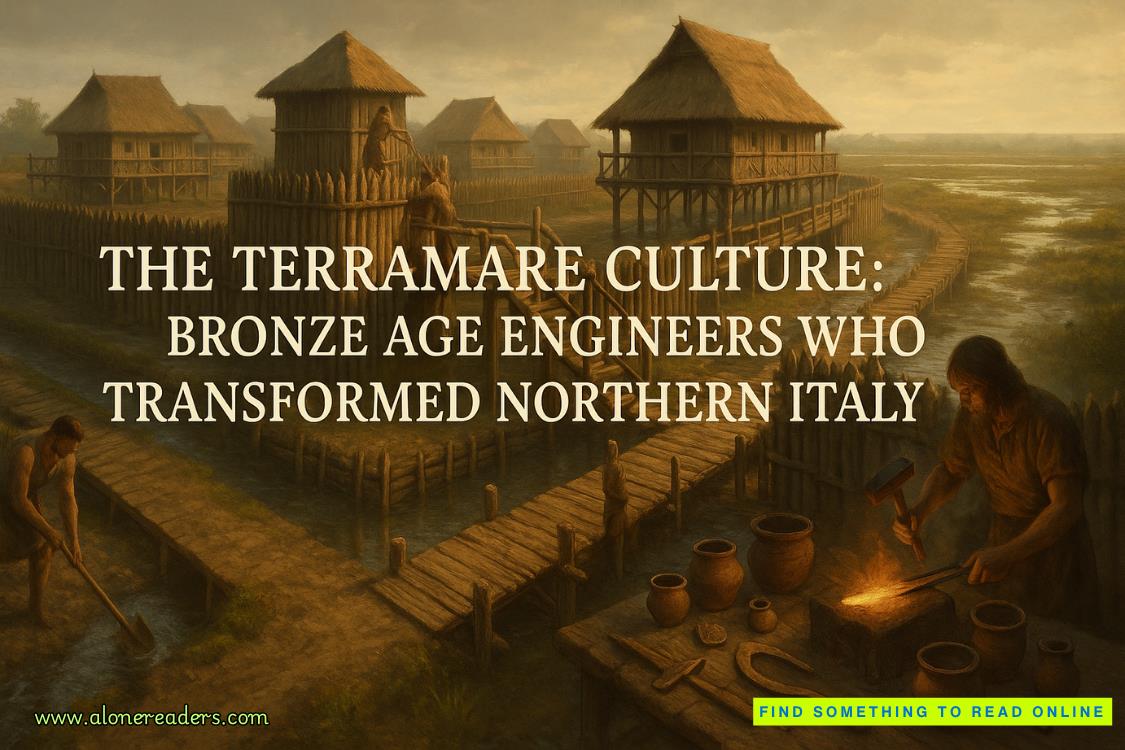“Okay,” I said. “I’m sensing there’s something special about it?”
“It is not infected,” Xi said. “Every star around it is. There are two very infected stars well within eight light-years of Tau Ceti, yet it remains unaffected.”
“Why?”
Stratt shuffled through her papers. “That’s what we want to find out. So we’re going to make a ship and send it there.”
I snorted. “You can’t just ‘make’ an interstellar ship. We don’t have the technology. We don’t have anythingcloseto the technology.”
The Russian spoke for the first time. “Actually, my friend, we do.”
Stratt gestured to the Russian. “Dr. Komorov is—”
“Please call me Dimitri,” he said.
“Dimitriheads up the Russian Federation’s research into Astrophage,” she said.
“It is pleasure to meet you,” he said. “I am happy to report that we can actually make interstellar voyage.”
“No, we can’t,” I said. “Unless you’ve got an alien spaceship you never told anyone about.”
“In a way, we do,” he said. “We have many alien spaceships. We call them Astrophage. You see? My group has studied the energy management of Astrophage. It isveryinteresting.”
I suddenly forgot everything else going on in the room. “Oh God, please tell me you understand where the heat goes. I can’t figure out what the heck it’s doing with the heat energy!”
“We have figured this out, yes,” said Dimitri. “With lasers. It was very illuminating experiment.”
“Was that a pun?”
“It was!”
“Good one!”
We both laughed. Stratt glared at us.
Dimitri cleared his throat. “Er…yes. We pointed tight-focus one-kilowatt laser at a single Astrophage cell. As usual, it did not get hotter. But after twenty-five minutes, light starts to bounce off. Our little Astrophage is full. Good meal. It consumed 1.5 megajoules of light energy. Does not want more. But this is very much energy! Where does it put all this energy?”
I’m leaning way too far forward over the table, but I can’t help myself. “Where?!”
“We measure Astrophage cell before and after experiment, of course.”
“Of course.”
“Astrophage cell is now seventeen nanograms heavier. You can see where this goes, yes?”
“No, it can’t be. It must have gained that weight from reactions with the air or something.”
“No, it was in a vacuum for the test, of course.”
“Oh my God.” I was giddy. “Seventeen nanograms…times nine times ten to the sixteenth…1.5 megajoules!”
I flopped back into my chair. “Holy…I mean just…wow!”
“This was how I felt, yes.”
Mass conversion. As the great Albert Einstein once said:E = mc2.There’s an absurd amount of energy in mass. A modern nuclear plant can power an entire city for a year with the energy stored in just one kilogram of Uranium. Yes. That’s it. The entire output of a nuclear reactor for a year comes from a single kilogram of mass.
Astrophage can, apparently, do this in either direction. It takes heat energy and somehow turns it into mass. Then when it wants the energy back, it turns that mass back into energy—in the form of Petrova-frequency light. And it uses that to propel itself along in space. So not only is it a perfect energy-storage medium, it’s a perfect spaceship engine.















